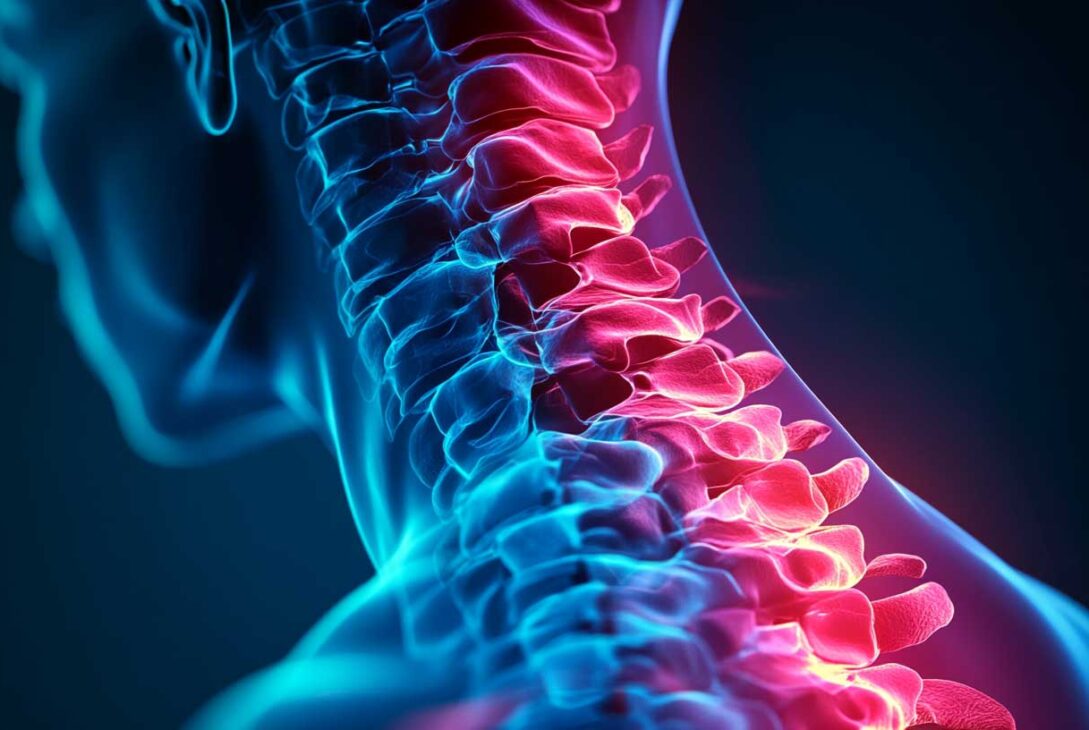In the ever-evolving landscape of cannabis-derived products, Delta 8 THC is gaining recognition as an effective alternative for managing chronic pain. As we explore this cannabinoid, you might find yourself intrigued by the convenience and potential of Delta 8 patches. This article will guide you through everything you need to know about these patches, including their benefits, mechanisms of action, and practical usage considerations.
What is Delta 8 THC?
Delta 8 THC is one of many cannabinoids found in the cannabis plant. While it shares a chemical structure with the more well-known Delta 9 THC—the compound responsible for the euphoric high commonly associated with cannabis—Delta 8 THC is often described as offering a milder effect. Users typically report experiencing less anxiety and a clearer-headed sensation, making it an appealing option for those looking to alleviate pain without the intense psychoactive effects associated with Delta 9 THC.
This distinctive profile of Delta 8 THC lies in its interaction with the endocannabinoid system. By binding to the CB1 receptors in our brain, Delta 8 can potentially play a role in pain management, mood stabilization, and appetite regulation, which are critical areas for many individuals battling chronic pain.
How Do Delta 8 Patches Work for Chronic Pain?
Delta 8 patches represent a practical approach to utilizing this cannabinoid, delivering it directly through the skin and into the bloodstream. This transdermal method has several advantages:
- Activation of Cannabinoid Receptors: When applied to the skin, Delta 8 THC penetrates and interacts with the CB1 receptors. This binding can dampen the pain response by blunting the sensitivity of pain receptors, ultimately leading to significant relief for users suffering from various chronic pain conditions.
- Anti-Inflammatory and Analgesic Effects: Preliminary research suggests that Delta 8 THC may possess anti-inflammatory properties. Conditions such as arthritis, nerve pain, and muscle-related issues stand to benefit from these effects, which can potentially alleviate suffering for many individuals.
- Steady and Controlled Release: One of the hallmark features of patches is their method of delivery. Unlike edibles or inhalables, patches provide a controlled release of Delta 8 over time—typically from 24 to 72 hours—ensuring consistent pain relief without the need for repeated dosing.
Benefits of Using Delta 8 Patches for Chronic Pain
Incorporating Delta 8 patches into a pain management plan can offer numerous benefits:
- Reduced Side Effects: Users often find Delta 8 THC milder in terms of side effects compared to Delta 9 THC, which may cause anxiety or paranoia in some. This makes Delta 8 a more tolerable option for those seeking relief without discomfort.
- Long-Lasting Relief: The design of patches enables prolonged pain management. Many users report effective relief for several hours, making it ideal for chronic pain that persists throughout the day.
- Convenience and Ease of Use: Simply apply a patch to a clean, dry area of your skin, and let it do the work. This non-invasive method eliminates the need for ingestion or inhalation, which can be daunting for some individuals.
Types of Delta 8 Patches
Understanding the variety of Delta 8 patches available can help you choose the right one for your needs:
- Time-Release Patches: These are designed for a slow, consistent release of Delta 8 THC, usually lasting between 24 to 72 hours. This can provide ongoing relief without the hassle of frequent application.
- Fast-Acting Patches: If immediate relief is your priority, fast-acting patches can deliver Delta 8 THC into the bloodstream quickly, making them suitable for acute pain events.
Dosage and Usage Guidelines
Getting the dosage right is essential for maximizing the benefits of Delta 8 patches:
- Starting Dosage: For many users, a good starting point is typically 5-15 mg of Delta 8 THC per day. However, individual sensitivity varies, so it’s wise to start low and adjust as needed.
- Application and Duration: Patches should be placed on clean, dry skin and can be worn for the indicated period—usually ranging from 24 to 72 hours. Following the manufacturer’s guidelines can help you determine the best approach for effective pain management.
Safety and Precautions
While Delta 8 patches can provide relief, there are essential safety considerations:
- Regulation and Quality: Delta 8 products currently fall within a largely unregulated market. This lack of regulation can result in variations in quality and potency. Opt for products from reputable brands that provide third-party lab testing results to ensure safety and consistency.
- Drug Testing: It’s important to understand that Delta 8 THC can appear on drug tests. Most drug screens cannot differentiate between Delta 8 and Delta 9 THC, which means using Delta 8 may lead to a positive result.
- Medical Consultation: Always consult a healthcare professional before starting any new treatment, especially if you are on other medications. They can provide valuable insights regarding dosage and potential drug interactions.
Conclusion
Delta 8 patches present a compelling option for chronic pain management, combining the therapeutic potential of Delta 8 THC with a user-friendly delivery system. With a better understanding of how these patches work, the benefits they can offer, and the best practices for use, individuals can make informed decisions about whether they fit into their pain management toolkit.
Key Takeaways
- Delta 8 THC offers a milder psychoactive experience and binds to the CB1 receptors for effective pain relief.
- Patches provide a convenient, steady, and controlled release of Delta 8 THC.
- Benefits include reduced side effects, prolonged relief, and ease of application.
- Starting doses should be approached cautiously and can be adjusted under professional guidance.
- Safety revolves around buying high-quality products and consulting with healthcare professionals.
By exploring the potential of Delta 8 patches, you may uncover a more natural and effective way to manage chronic pain. Remember, safety and informed decision-making will always lead to the most beneficial experiences. For the latest insights and tips on hemp and CBD, visit our blog or explore our resources at mycbdadvisor.com.





















